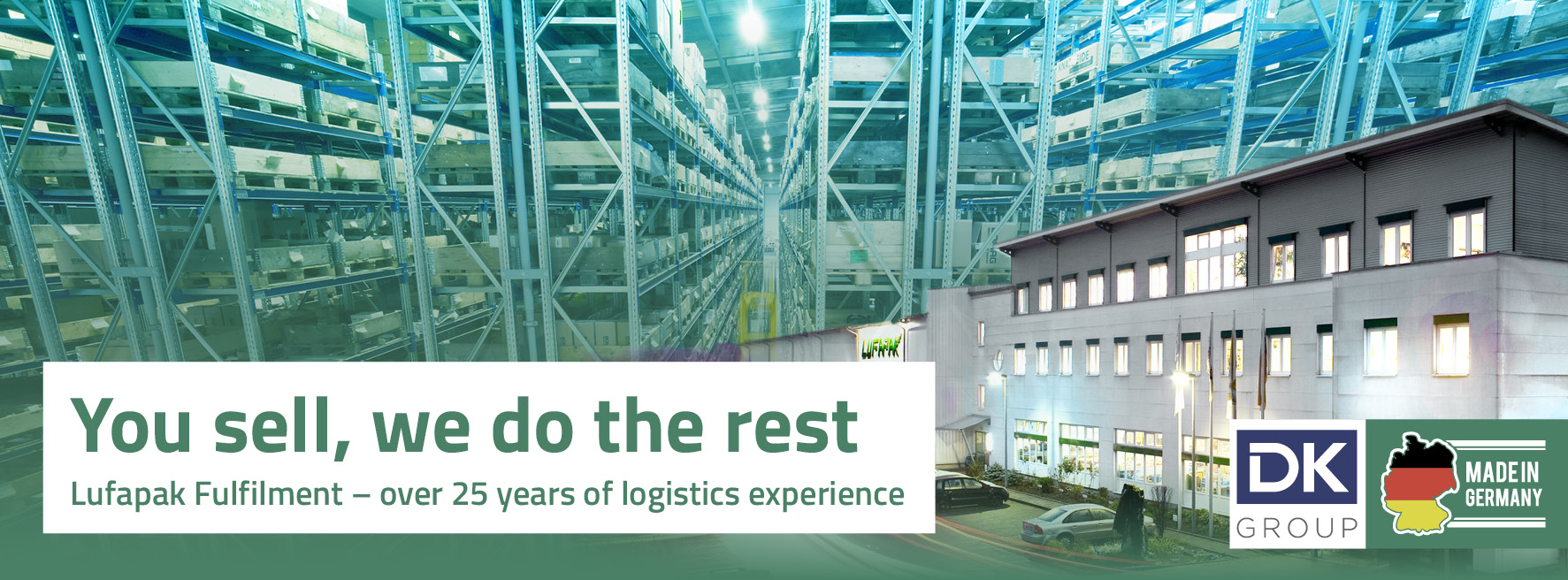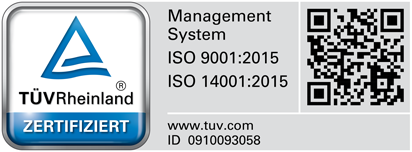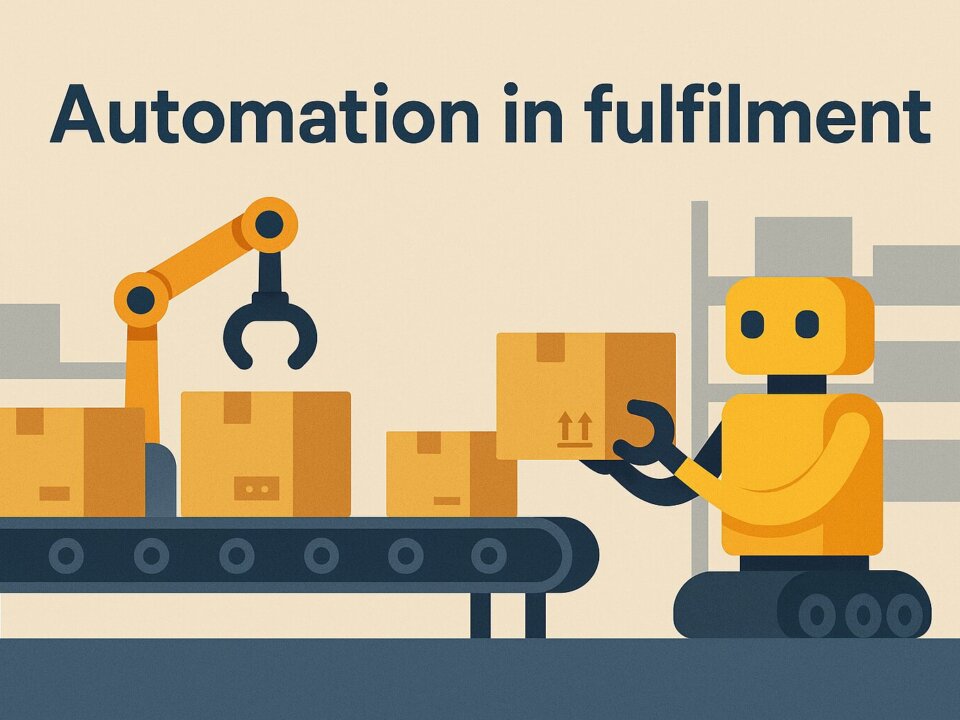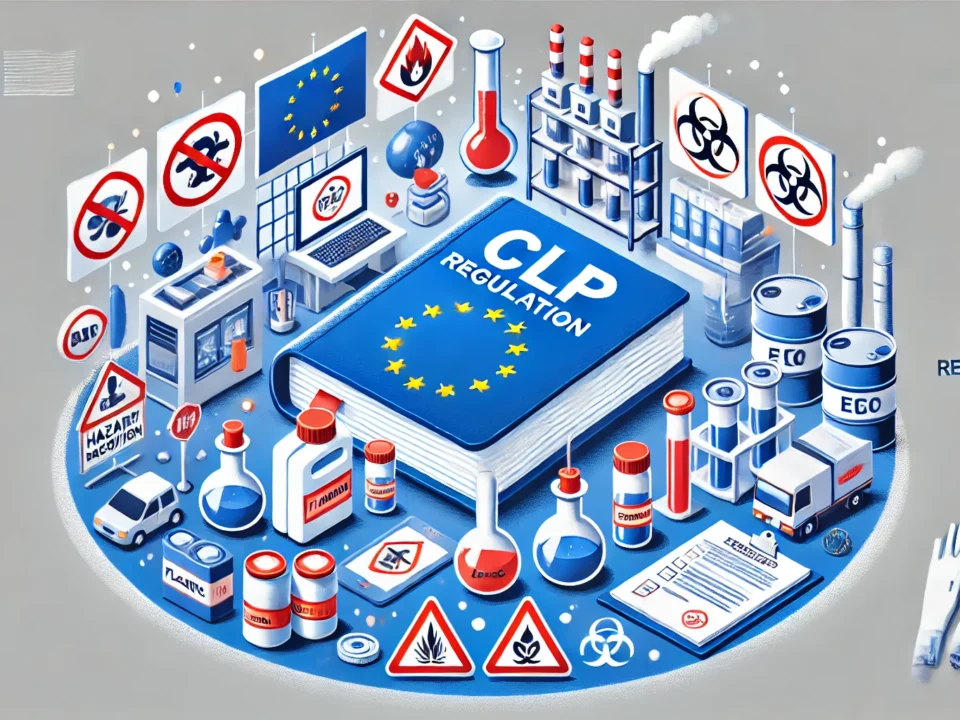REACH Regulation: Safety and Compliance in Handling Hazardous Substances

The European Chemicals Regulation REACH: Basics and Significance
The EU Chemicals Regulation REACH creates harmonised standards for the chemicals trade in the European Economic Area. The core objectives of the EU REACH Regulation include the protection of human health and the environment from harmful chemicals. Registration, evaluation, authorisation and restriction of hazardous substances form the pillars of this comprehensive regulation.
The REACH regulation’s significance for companies requires careful attention. Manufacturers and importers must provide detailed information about their chemical substances. This data is entered into a central database of the European Chemicals Agency. The European chemicals regulation REACH also requires regular updates of this information.
The systematic registration and evaluation of substances ensures maximum transparency under the EU REACH regulation. Companies benefit from clear guidelines on risk assessment and the safe handling of chemicals. The exchange of information between all parties in the supply chain is significantly improved.
REACH requirements: obligations for companies
The REACH requirements define precise obligations for all players in the chemicals trade. Central to this is the REACH registration of every chemical substance that is manufactured or imported in quantities of over one tonne per year. Companies must provide extensive data for this.
The EU REACH regulation requires a precise characterisation of the substance properties. This includes physico-chemical characteristics, toxicological data and information on environmental hazards. Information on safe use and risk management measures is particularly important.
Importers and manufacturers bear the main responsibility for compliance with the REACH requirements. They must prove that their products meet the requirements. Documenting all relevant information is an essential part of the compliance strategy.
The REACH directive also requires active communication in the supply chain. All parties involved must be informed about potential risks and protective measures.
Documentation and REACH compliance
The REACH regulation places high demands on the documentation of chemical substances. The centrepiece is the REACH declaration of compliance, which confirms compliance with all legal requirements. Companies must prove that their products are REACH compliant.
Safety data sheets play a central role in communicating hazard information. These must contain all relevant data for safe handling, storage and disposal. REACH conformity requires regular updates to these documents.
Particular attention should be paid to substances of very high concern. These are subject to extended documentation requirements and information requests. Companies must continuously review and adapt their processes.
Correct documentation protects against legal consequences and liability risks. A systematic approach ensures long-term compliance.
Professional REACH advice and support from Lufapak
Well-founded REACH advice forms the basis for legally compliant business processes. Lufapak provides you with comprehensive support in the implementation of all necessary measures. The team of experts accompanies you from the analysis to the practical implementation.
The services include the organisation of the transport of hazardous goods according to ADR regulations. Lufapak ensures compliance with all storage and shipping regulations according to GGBefG and GefStoffV. The experts develop customised solutions for your specific requirements.
Profit from years of experience in handling hazardous materials. Lufapak optimises your processes and minimises potential risks. Personal consultation helps you to safely fulfil all aspects of REACH conformity.
Contact Lufapak for individual consultation on your specific requirements in the area of hazardous materials management.
REACH registration: Processes and deadlines
The REACH registration process follows a clearly structured procedure. Companies must first check whether their substances are subject to registration. The quantity threshold of one tonne per year determines the obligation to register. Detailed substance information forms the basis for successful registration.
The EU chemicals regulation REACH provides for various registration deadlines. These are based on the production volume and the hazardous properties of the substances. It is particularly important to comply with the specified time frames. Late registrations can result in severe penalties.
Technical documents and chemical safety reports are among the core components of the registration dossier. The REACH regulation requires careful documentation of all relevant properties. Expert support ensures the quality of the submitted documents.
Cooperation with other registrants enables cost savings. Joint submissions significantly reduce the administrative burden.
Legal consequences of non-compliance
Violations of the REACH directive have far-reaching consequences. Authorities can prohibit the sale of non-compliant products. Significant fines may be imposed for failure to comply with the regulations. The EU REACH regulation provides for strict sanctions.
Inadequate documentation significantly increases the liability risk. Missing or incomplete safety data sheets jeopardise REACH compliance. Companies must expect claims for damages in the event of accidents. The European chemicals regulation REACH defines clear responsibilities.
Regular inspections by authorities verify compliance with the regulations. Anomalies lead to intensive follow-up checks. The REACH requirements demand seamless documentation of all measures.
Preventive measures protect against legal problems. Professional support effectively minimises compliance risks.
Safe storage and transport of hazardous substances
The safe storage of REACH-compliant products requires special precautions. Hazardous material storage must meet current safety standards. Technical and organisational measures ensure the protection of people and the environment. Correct labelling plays a central role.
The transport of dangerous goods is subject to the ADR agreement. These regulations complement the REACH regulation EU meaningfully. Specially trained personnel must accompany all transport operations. The GGBefG defines additional national requirements.
Lufapak supports the implementation of secure storage systems. The experts advise on structural and technical protective measures. A professional REACH consultation optimises all relevant processes.
The Hazardous Substances Ordinance places further demands on storage. Regular inspections ensure compliance with all regulations.
Practical tips for implementing REACH
The practical implementation of the EU REACH regulation requires a systematic approach. Start with a thorough inventory of all substances used. Carefully document quantities and uses. A REACH declaration of conformity must contain all relevant information.
Train your employees regularly on the REACH requirements. Clear responsibilities make it easier to implement the requirements. REACH registration should be planned early. When doing so, allow sufficient lead time for the creation of the dossier.
Use the available support services. Lufapak offers comprehensive REACH advice for all implementation phases. The experts help to develop efficient compliance strategies. Professional support saves time and avoids costly mistakes.
Conclusion: REACH as a basis for safe chemicals management
The EU chemicals regulation REACH shapes the modern handling of hazardous substances. Companies benefit from clear guidelines for risk minimisation. The REACH regulation is of fundamental importance for occupational safety and environmental protection. Systematic processes ensure long-term compliance.
Professional support makes implementation considerably easier. Lufapak is available as a competent partner. The team of experts will assist you in all aspects of REACH compliance. From documentation to safe transport – take advantage of our comprehensive expertise.
The European chemicals regulation REACH is continuously evolving. Stay informed of changes. A proactive approach ensures your business success. Contact Lufapak for tailored advice on your specific requirements.
Contact us now and get advice




